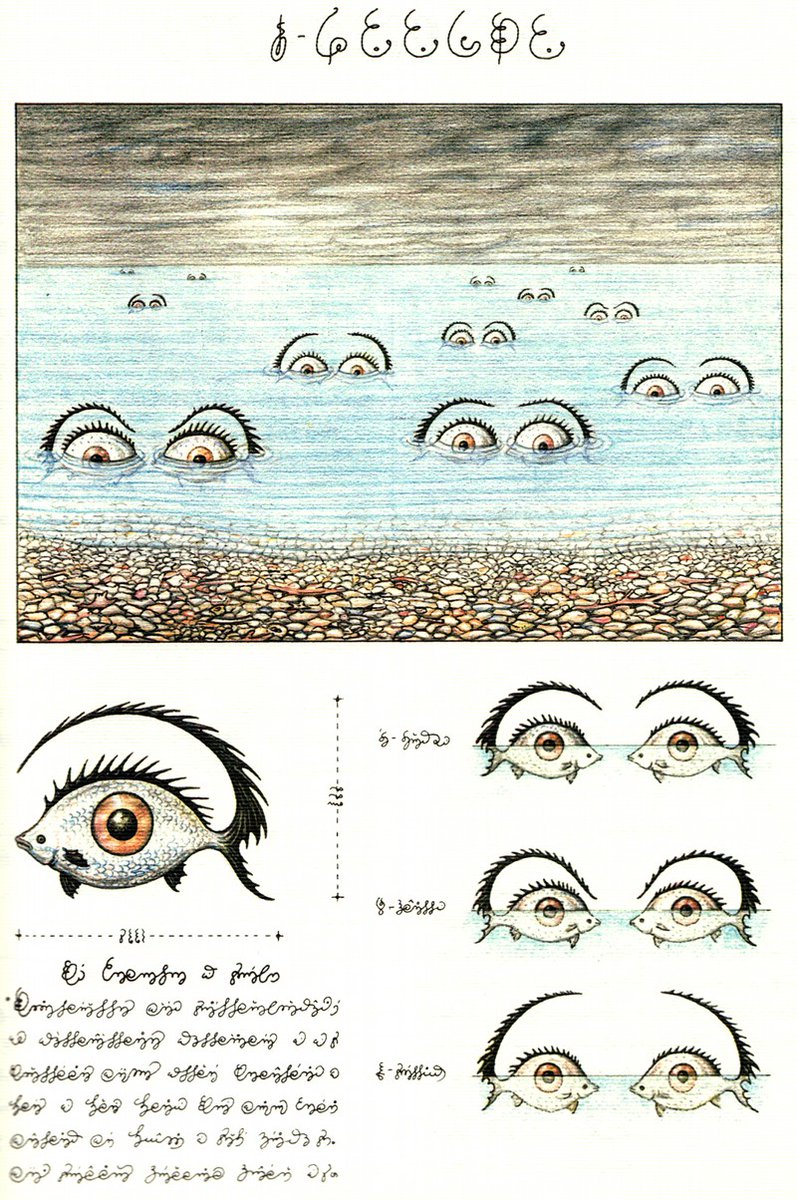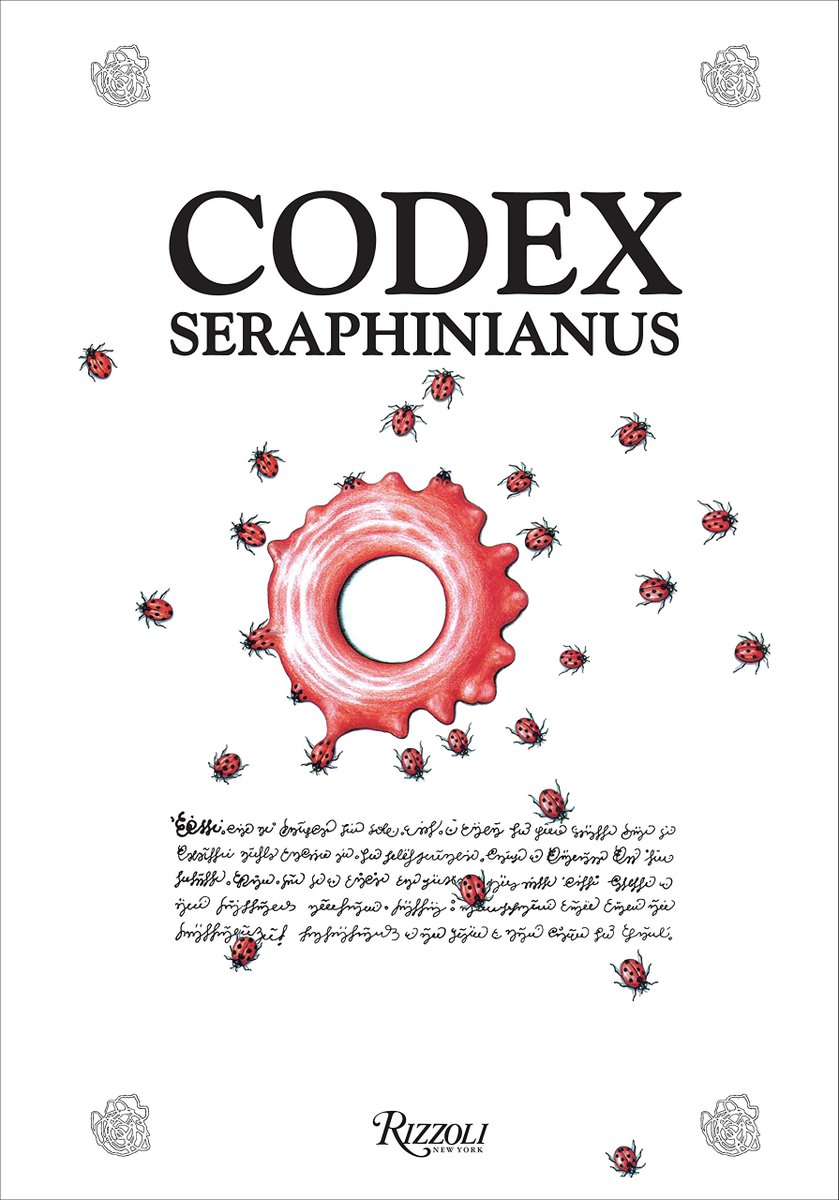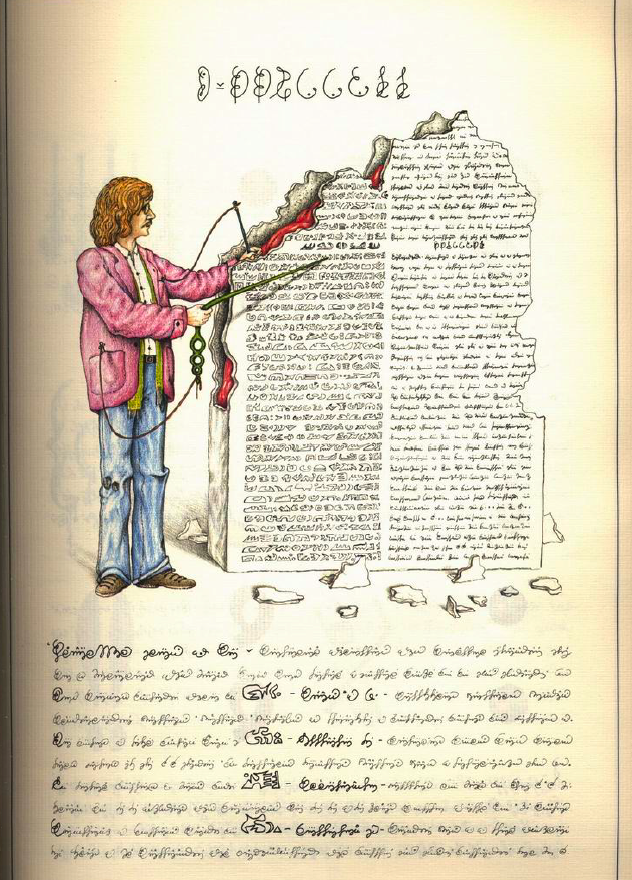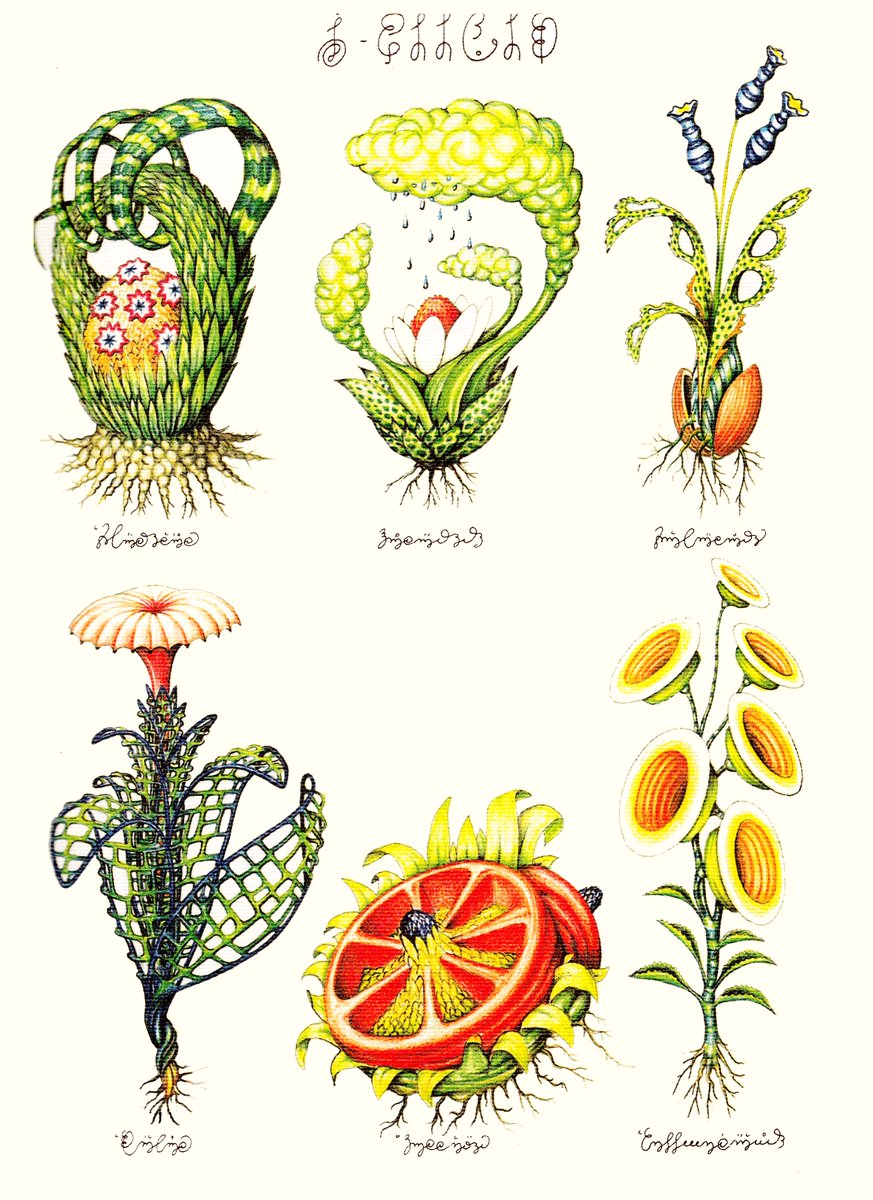A few photos from the exhibition "Disentangle. Science in a Gendered World", currently at @LifeSpaceDundee, which we visited during our field trip for the PG module #AH5163 'Representation and the Body' @ArtHistoryStA with co-tutors Stephanie O'Rourke @sorourke15 & Jeremy Howard 



Botanical teaching chart of Dodder - Cuscuta glomerata (aka Wizard's Net or Devil's Guts), 1880s-90s - selected by Ker Wallwork @LifeSpaceDundee 

Mantis - multiple species. Selected by Kaya Fraser @LifeSpaceDundee 
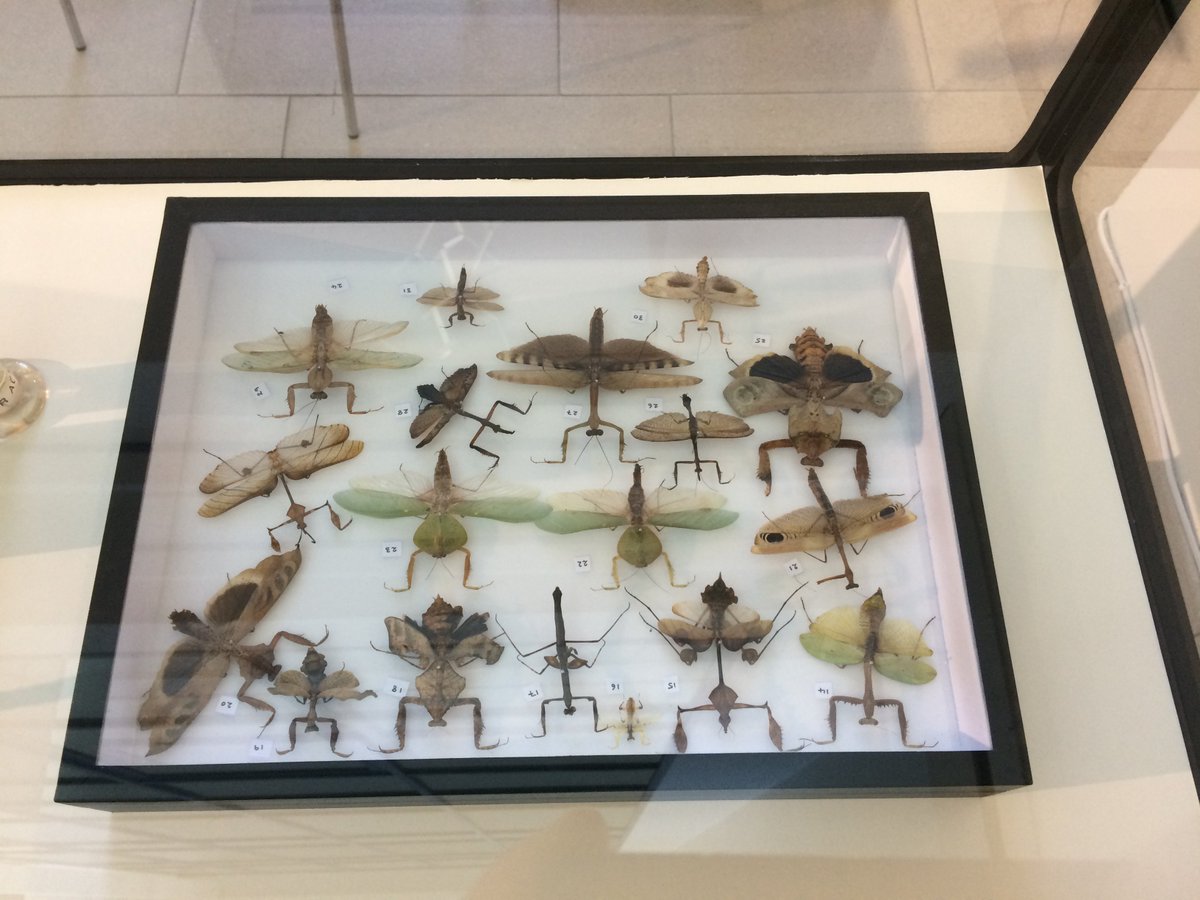
Kira O'Reilly & Jennifer Willet, Untitled (Pigtails & Showgirls protocol) series, 2009. Photo on display: Bernd Bohm @LifeSpaceDundee 

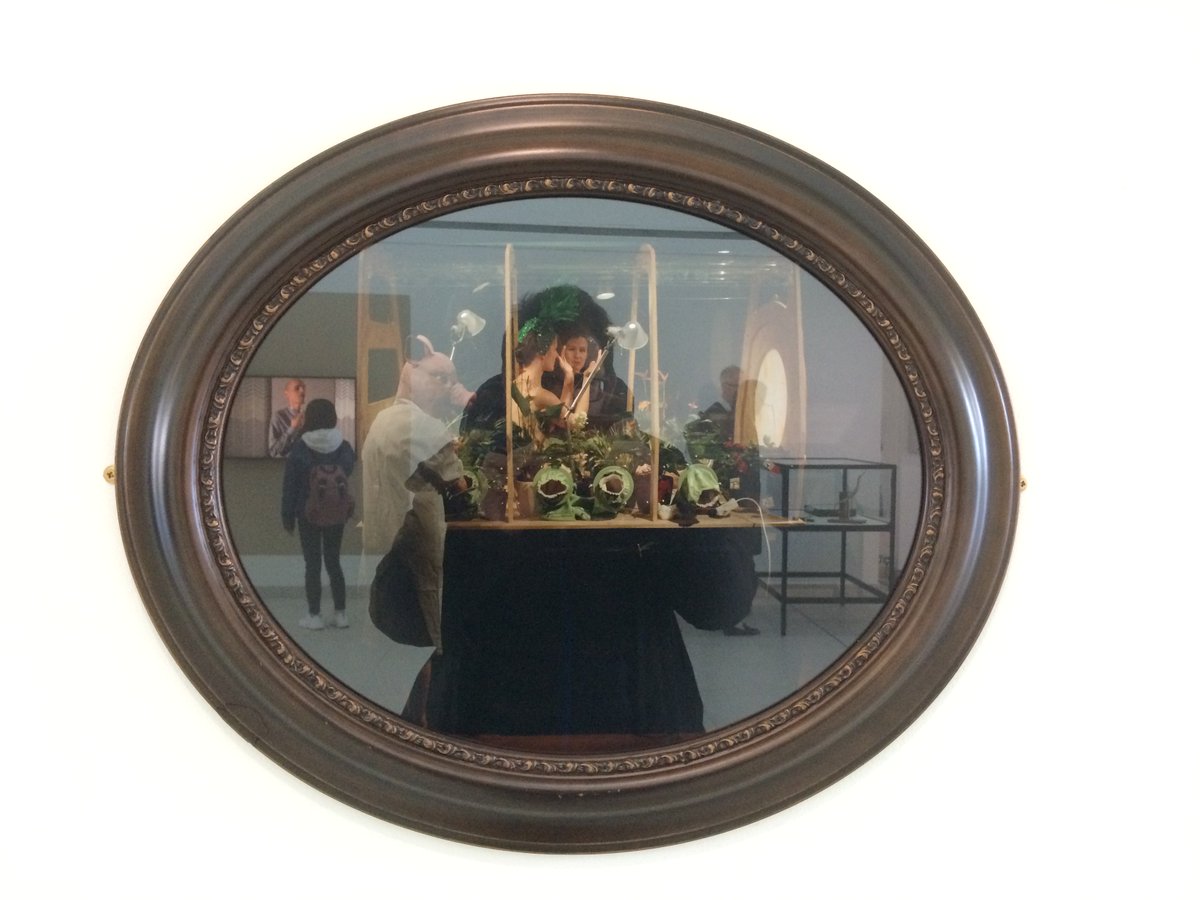

We also visited the exhibition @dundeeuni "Bodies, Botanicals & Bindings: Reimagining Rare Books", where we saw the wonderful "Vivitur Ingenio" skeleton by Vesalius (1568 edition), which was discussed in #AH5163 class (also in #AH4236) 



Back to @LifeSpaceDundee, it was interesting to see, upstairs, this work by Nicholas Wade: NOSolution (1999). As indicated there, embedded in the picture is the face of researcher Salvador Moncada. #AH5163 

• • •
Missing some Tweet in this thread? You can try to
force a refresh









